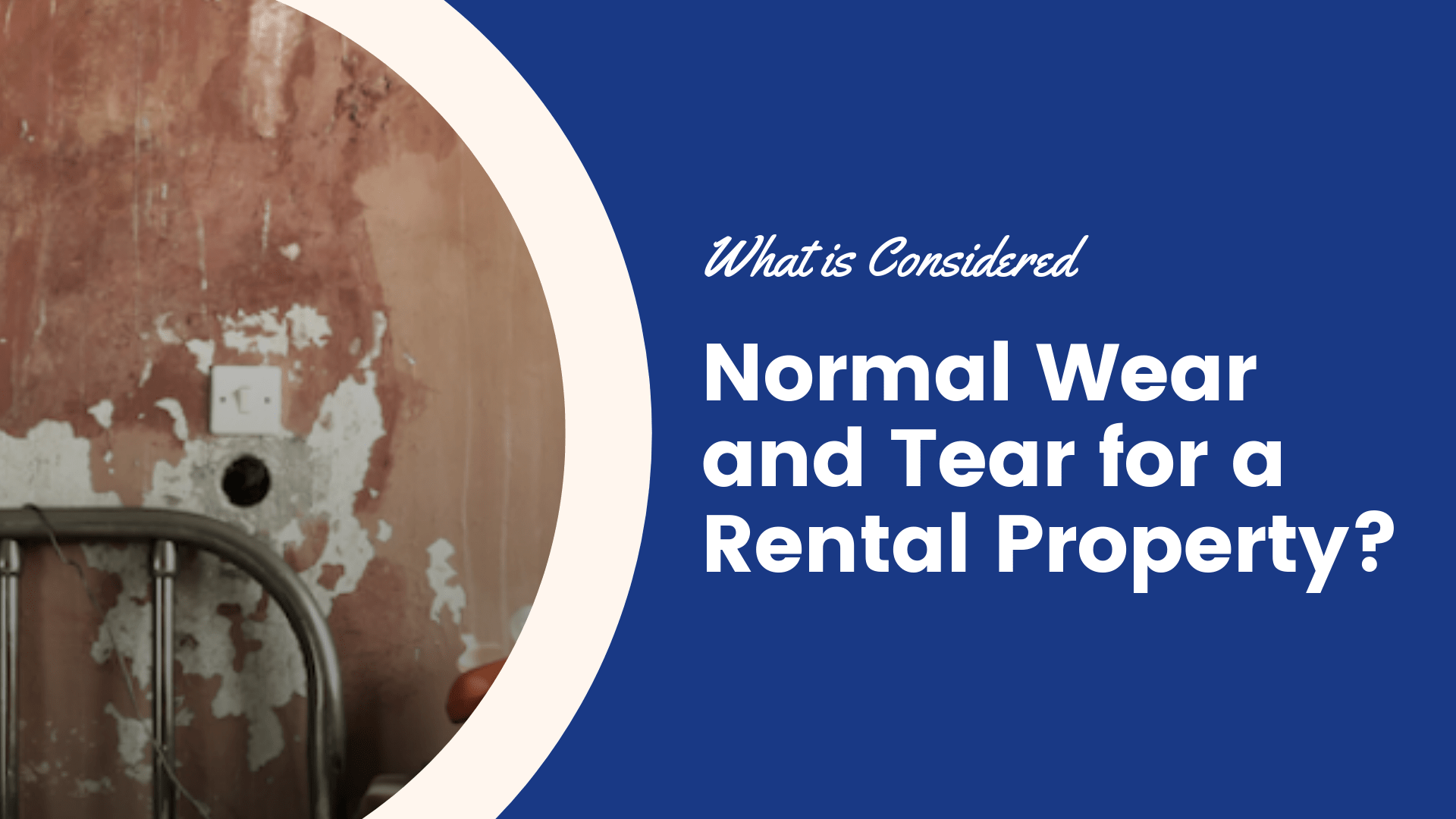When your tenant moves out of your Minneapolis rental property, there will be turnover repairs and costs that are required before a new tenant can move in. Who is responsible for those costs?
It depends. While you can use your tenant’s security deposit to pay for clear and obvious damage to the home, you cannot charge the tenant for any wear and tear that’s left behind. Normal wear and tear is expected in any property, and the longer your tenant was in place, the more wear and tear your property will incur.
Landlords are responsible for all costs associated with general wear and tear.
Examples of General Wear and Tear
Examples of normal wear and tear include interior paint that is fading, peeling, or cracked. Small chips in your walls or nail holes from where pictures were hung would also be considered wear and tear. If your floors need to be polished or the carpets are worn in high-traffic areas, those things are your responsibility. You’ll also need to replace rusty shower rods and bathroom tiles that are loose or in need of fresh grout or caulking. Scuff marks on the wall from furniture is normal wear and tear.
Consider Life Expectancy of Your Systems and Functions
Remember, everything breaks and everything needs to be replaced eventually. If you’ve had the same refrigerator or dishwasher for 20 years and it finally dies when a tenant is in place, that’s probably not the tenant’s fault. Air conditioning units and water heaters live for about 10 years before they need major repairs or replacements. Carpeting has a lifespan of between five and seven years. Interior paint is good for three to five years. So, if you have a tenant moving out after five years of living in your property, you will almost certainly need to repaint it, and you may have to replace the carpeting. This should be done at your own expense.
Examples of Tenant Damage
While wear and tear is your responsibility, you don’t have to pay for damage that was caused by your tenant’s abuse, misuse, or neglect. Tenants are responsible for damage that was done to the property while they lived there. You can use the security deposit to pay for things like large holes or stains on the walls, broken windows, doors that hanging off their hinges, or holes and stains in the carpet.
Move-In and Move-Out Inspection Reports
The most important thing you can do to distinguish between wear and tear and tenant damage is document the condition of your home before a tenant moves in and after a tenant moves out. This will help you avoid and settle any disputes about the security deposit. Take a lot of pictures of every detail; each room, each wall, each floor, every door, and the closets, appliances, etc. When you compare the condition reports, it will be easy to see if your property suffered any damage during the tenancy.
 We help landlords like you identify wear and tear and tenant damage all the time. If you’d like help or have questions, please contact us at RP Management.
We help landlords like you identify wear and tear and tenant damage all the time. If you’d like help or have questions, please contact us at RP Management.




















